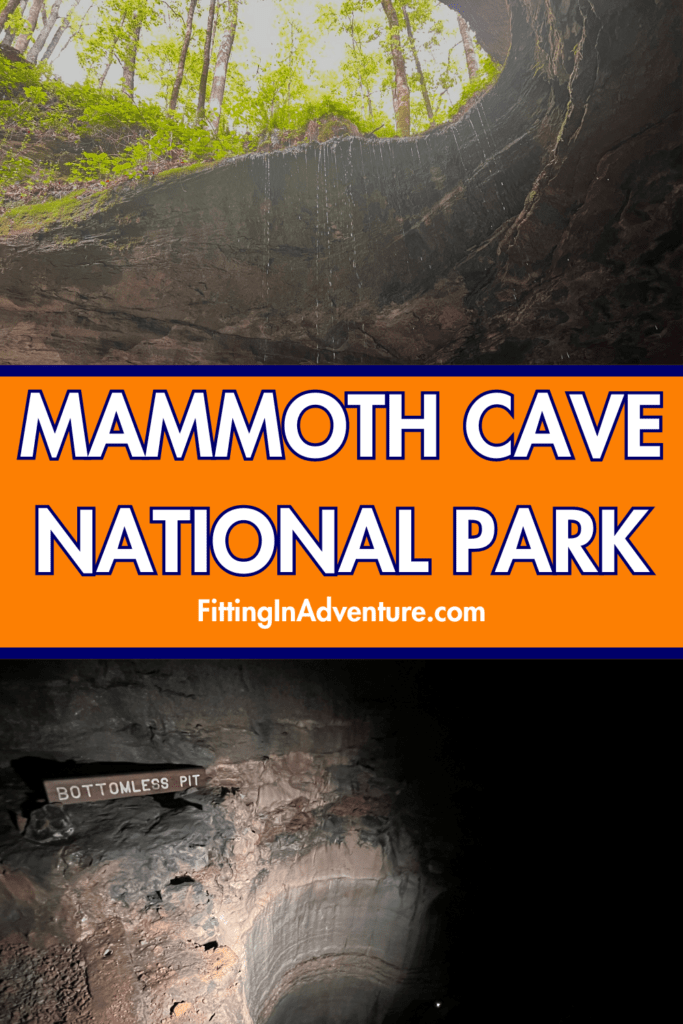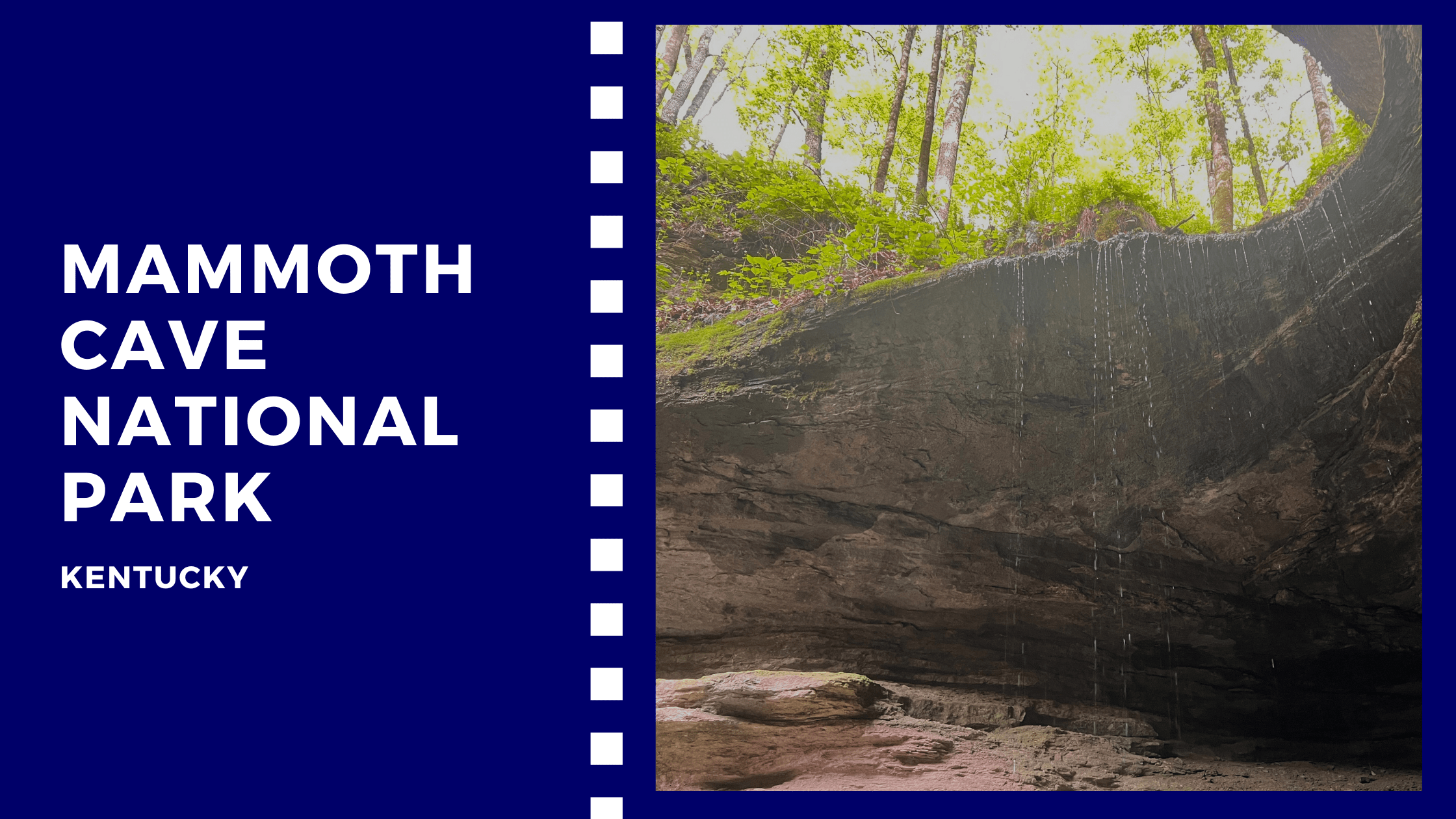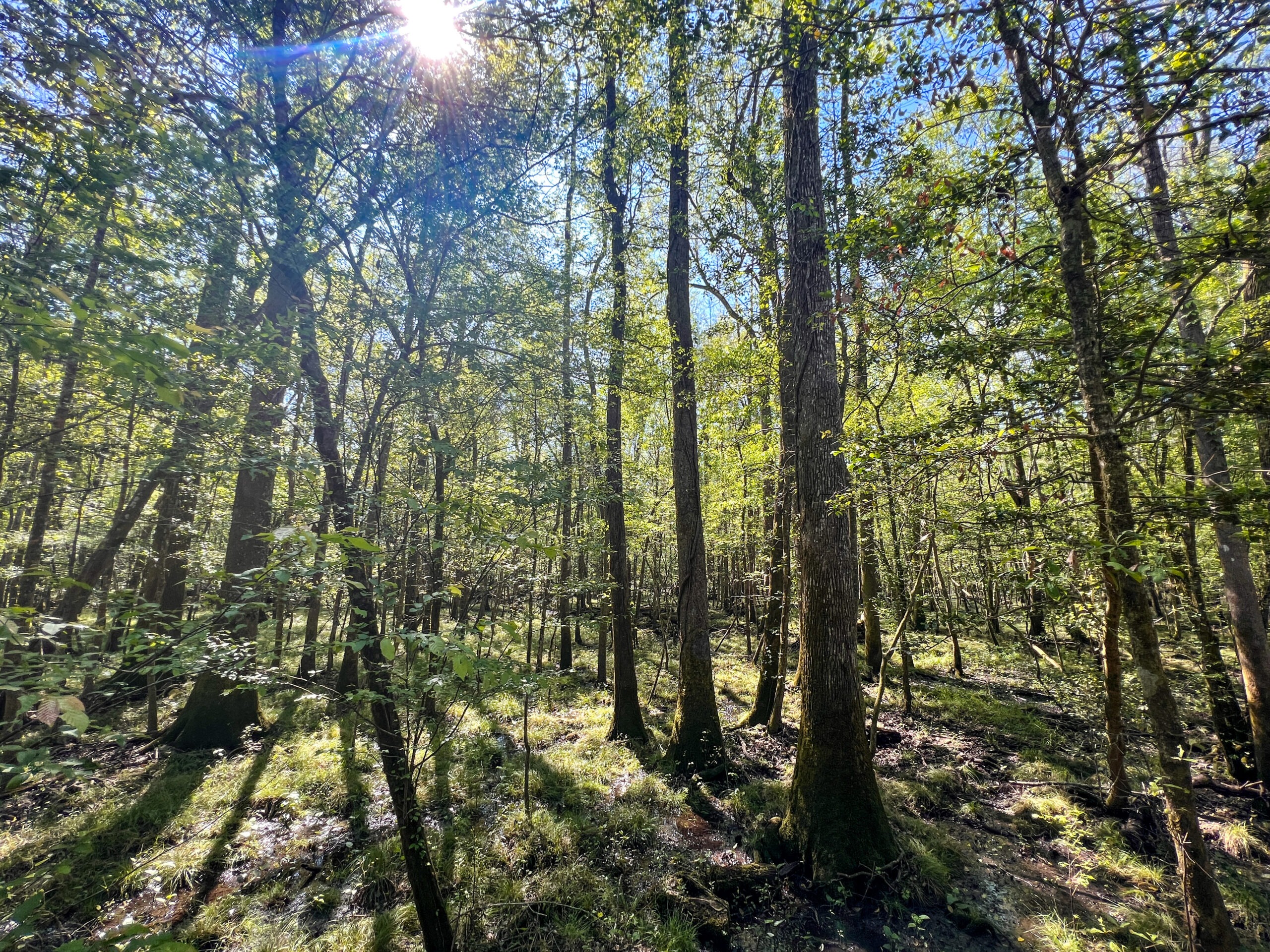The rolling hills of central Kentucky are home to a destination like no other: Mammoth Cave National Park. With its vast underground labyrinth of limestone caves and a rich history spanning thousands of years, it’s a place where adventure and learning intertwine. Whether you’re an avid spelunker, a history buff, or simply someone looking to experience the natural beauty of America’s heartland, Mammoth Cave offers something for everyone.
Disclosure: Some links on our site are affiliate links. If you purchase a linked item, we will make a commission, at no extra charge to you.
The Best Time to Visit Mammoth Cave National Park
Timing your visit to Mammoth Cave National Park can significantly impact your experience. The park is open year-round, but each season offers unique charm and challenges.
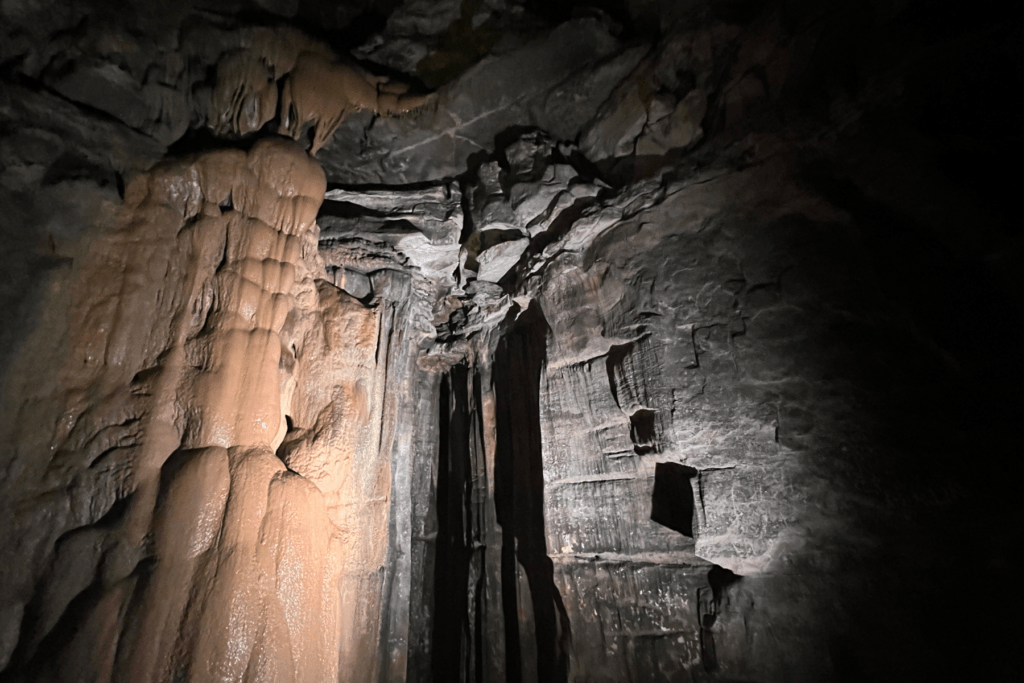
Spring: A Time of Renewal
Spring is arguably one of the best times to visit Mammoth Cave National Park. From March to May, the weather is mild, with temperatures ranging from the low 50s to the mid-70s (10-24°C). The surrounding woodlands burst into life with blooming wildflowers and fresh green foliage. This season is ideal for hiking the park’s extensive trail system and exploring the cave, as the cave’s interior temperature remains a consistent 54°F (12°C) year-round.
Spring also brings an abundance of wildlife activity. Birdwatchers will delight in the migratory species passing through, while deer and other mammals are more active during these months. However, spring can also bring rain, so packing waterproof gear is advisable.
Summer: Peak Season Fun
Summer, from June to August, is the park’s busiest season. With temperatures ranging from the mid-70s to the low 90s (24-32°C), the warm weather attracts families and tourists from around the world. Popular cave tours often sell out, so booking in advance is highly recommended.
Summer is perfect for combining cave exploration with outdoor activities like canoeing, kayaking, and fishing in the Green and Nolin Rivers. While the caves remain cool, the surface can get hot and humid, so staying hydrated and using sun protection are essential. For a quieter experience, consider visiting early in the morning or late in the afternoon when crowds thin out.
Fall: A Symphony of Colors
Autumn, from September to November, brings cooler temperatures and a stunning display of Kentucky’s fall foliage. The landscape transforms into a patchwork of reds, oranges, and yellows, making it a perfect time for photography and scenic drives. Temperatures range from the low 50s to the mid-70s (10-24°C), creating comfortable conditions for hiking and cave tours.
Fall is also a great time for wildlife viewing as animals prepare for winter. The reduced crowds compared to summer make for a more peaceful experience, allowing you to fully appreciate the park’s natural beauty. Many of the park’s interpretive programs and ranger-led activities continue through the fall, offering educational opportunities for all ages.
Winter: A Quiet Escape
Winter, from December to February, is the least crowded time to visit Mammoth Cave National Park. With temperatures ranging from the low 30s to the mid-50s (0-12°C), the park takes on a serene, almost mystical quality. Leafless trees expose the rugged terrain, and the crisp air adds a sense of tranquility to cave tours.
While some park amenities and services are limited during winter, this season offers a unique opportunity to explore the cave without the hustle and bustle of peak season. The reduced visitor numbers mean you can enjoy a more intimate experience with the park’s natural wonders. However, it’s essential to dress warmly and be prepared for occasional snow or ice.
A Journey Through History: The Story of Mammoth Cave
The history of Mammoth Cave is as vast and intricate as the cave system itself. Spanning over 5,000 years, the cave has been a site of human activity long before it became a national park.
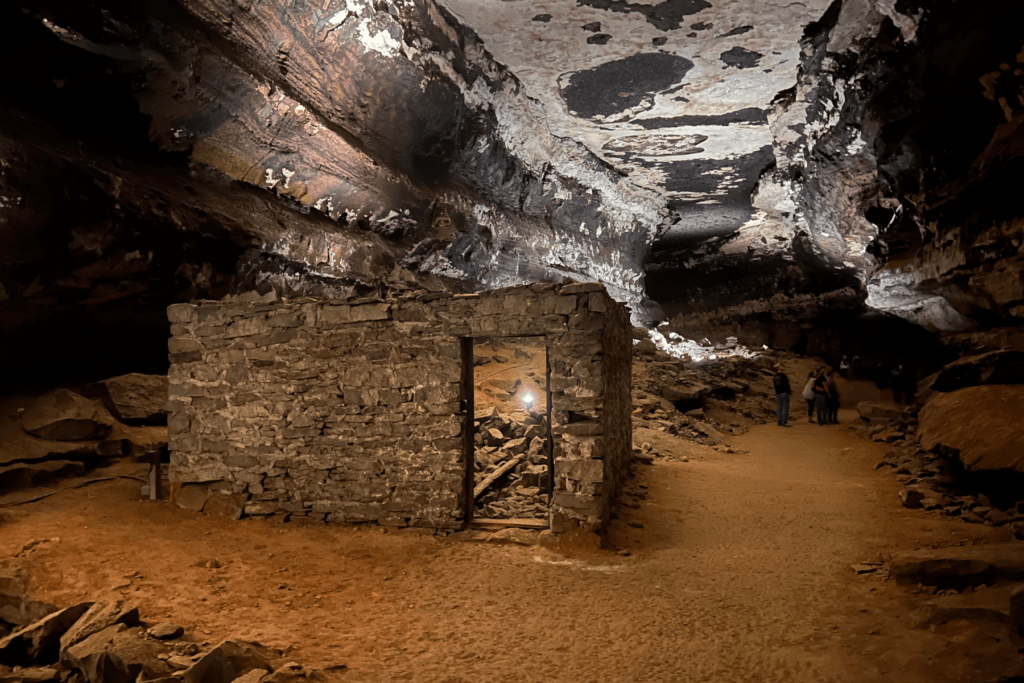
Early Human Activity: The First Explorers
Archaeological evidence suggests that Native Americans were the first to explore Mammoth Cave around 4,000-5,000 years ago. These early inhabitants ventured deep into the cave, using torches made from river cane to light their way. They mined minerals like gypsum and epsomite for various purposes, including ceremonial and medicinal uses.
Remarkably, the dry conditions within the cave have preserved many artifacts from this period, including woven sandals, gourds, and tools, offering a glimpse into the lives of the people who first navigated the dark, winding passages of Mammoth Cave.
The Saltpeter Era: A Natural Resource Goldmine
In the early 19th century, Mammoth Cave became a focal point for saltpeter production, a key ingredient in gunpowder. During the War of 1812, saltpeter mined from the cave was used to produce gunpowder for the American military. The cave’s stable temperature and humidity made it an ideal environment for this process.
Enslaved African Americans were primarily responsible for mining and processing saltpeter. Their labor-intensive work involved hauling large quantities of nitrate-rich earth to the surface, where it was processed. Remnants of this era, including wooden vats and mining tools, can still be seen on some tours, offering a sobering reminder of this chapter in the cave’s history.
The Era of Exploration: Discovering the Cave’s Wonders
The 19th century also marked the beginning of Mammoth Cave’s reputation as a natural wonder. In 1816, the first guided tours of the cave were offered, making it one of the oldest tourist attractions in the U.S. Visitors, including famous figures like Ralph Waldo Emerson and Mark Twain, were drawn to the cave’s mysterious allure and stunning formations.
One of the most significant figures in the cave’s early exploration was Stephen Bishop, an enslaved man who became one of the first and most famous cave guides. Bishop is credited with discovering many of the cave’s notable features, including the Bottomless Pit and Mammoth Dome.
Becoming a National Park: Preservation and Legacy
The early 20th century saw growing efforts to preserve Mammoth Cave for future generations. In 1926, initiatives began to establish the cave as a national park, leading to the park’s creation in 1941. The park was later designated a UNESCO World Heritage Site in 1981 and a Biosphere Reserve in 1990, recognizing its global significance.
Today, Mammoth Cave National Park protects over 52,000 acres of forested land and the world’s longest known cave system, with over 420 miles of surveyed passageways. The park continues to be a site of scientific research, with new discoveries made regularly.
Exploring the Cave: Must-See Tours and Activities
No visit to Mammoth Cave National Park would be complete without exploring its vast underground world. The park offers a variety of guided tours catering to different interests and physical abilities. Here are some of the must-see tours
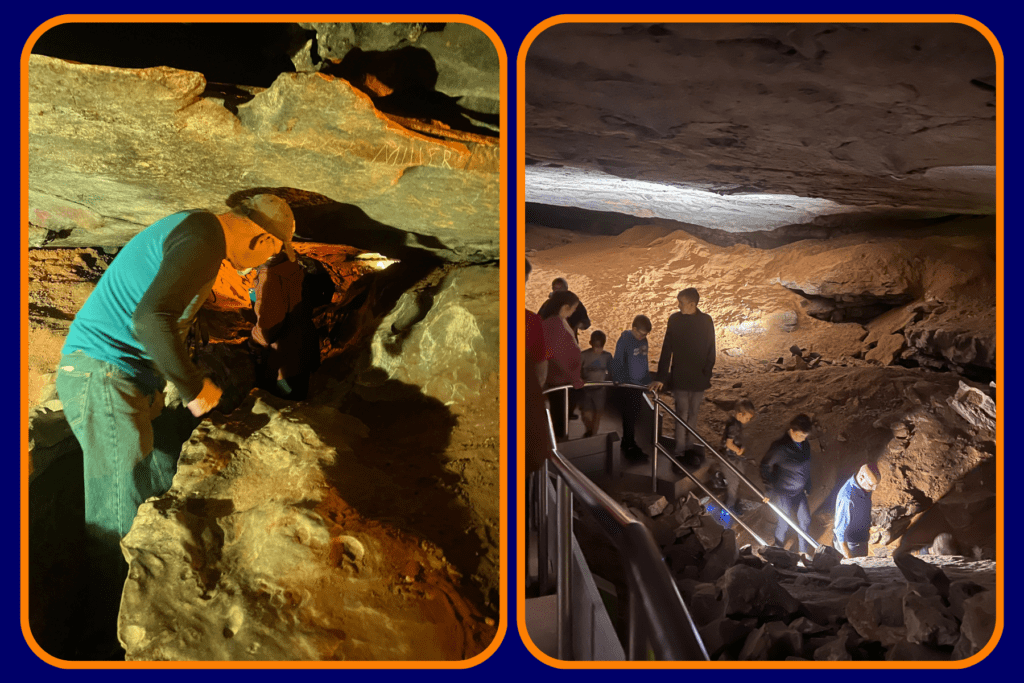
The Historic Tour: A Journey Through Time
The Historic Tour is one of the most popular and comprehensive tours of Mammoth Cave. This two-hour tour covers approximately two miles and takes visitors through iconic passages like the Rotunda, Broadway, and the Giant’s Coffin. You’ll learn about the cave’s rich history, from its early Native American explorers to its role in the saltpeter industry and its transformation into a national park.
The Frozen Niagara Tour: A Spectacle of Stalactites and Stalagmites
For a shorter and less strenuous experience, the Frozen Niagara Tour is an excellent option. This 75-minute tour covers just over half a mile and showcases one of the cave’s most visually stunning features: the Frozen Niagara formation, resembling a cascading waterfall of rock.
The Domes and Dripstones Tour: A Geological Marvel
The Domes and Dripstones Tour is perfect for those interested in geology. This two-hour tour takes visitors through awe-inspiring sections of the cave, including the towering Mammoth Dome and the intricate Frozen Niagara formation.
The Wild Cave Tour: Adventure for the Brave
For the truly adventurous, the Wild Cave Tour offers the most challenging experience. This 6-hour tour involves crawling, climbing, and squeezing through tight passageways, providing an exhilarating experience for thrill-seekers in excellent physical condition.
Above Ground: Trails and Outdoor Adventures
While the caves are the main attraction, Mammoth Cave National Park also offers outdoor activities above ground. The park boasts over 80 miles of hiking trails, ranging from easy walks to challenging backcountry routes. Popular hikes include the Cedar Sink Trail and the Green River Bluffs Trail, offering stunning views of the Green River.
Whether you’re fascinated by intricate cave formations, rich human history, or the serene beauty of the forested surface, Mammoth Cave National Park has something for every explorer. From guided tours to relaxing hikes, the park offers a unique opportunity to connect with nature and the past. The sense of wonder extends far beyond its underground chambers—into the vibrant woodlands and the stories that echo through time.

FAQs for Mammoth Cave National Park
How do I book a cave tour at Mammoth Cave National Park?

Cave tours can be booked online through the park’s official website or at the visitor center upon arrival. However, popular tours often sell out, especially during the peak summer season, so it’s highly recommended to book in advance.
What should I wear for a cave tour?
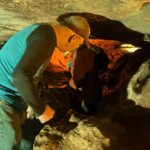
The cave maintains a constant temperature of 54°F (12°C) year-round, so it’s advisable to wear a light jacket or sweater, even in summer. Comfortable, sturdy walking shoes with good grip are essential, as some tours involve navigating stairs and uneven surfaces. For strenuous tours like the Wild Cave Tour, clothing that allows for movement is recommended.
Can I bring my pets to the park?
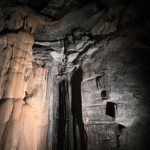
Pets are welcome in the park’s outdoor areas but are not allowed on cave tours. They must be on a leash no longer than six feet at all times. If you need a place for your pet while on a cave tour, the park offers a kennel service at the visitor center.
Are the cave tours accessible for people with mobility issues?

Some cave tours, like the Frozen Niagara Tour, are more accessible than others and involve fewer stairs and shorter distances. However, not all areas of the cave are suitable for wheelchairs or those with limited mobility. It’s recommended to check the accessibility details of each tour when booking.
What other activities are available besides cave tours?
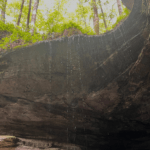
In addition to cave exploration, the park offers over 80 miles of hiking trails, ranging from easy walks to challenging backcountry routes. You can also enjoy activities like canoeing, kayaking, fishing, horseback riding, and bicycling. The Green and Nolin Rivers provide great opportunities for water-based recreation.
When is the best time to visit Mammoth Cave National Park?
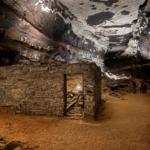
The park is open year-round, but the best time to visit depends on your preferences. Spring and fall offer mild weather and fewer crowds, while summer is the busiest season with the most tour availability. Winter is the quietest time, perfect for those looking for a serene and less crowded experience.
How long should I plan to stay at Mammoth Cave National Park?

To fully explore the park, it’s recommended to spend at least 1-2 days. This will allow you to take a cave tour and experience some of the above-ground activities, such as hiking or paddling. Longer stays will give you more time to explore additional cave tours and outdoor adventures.
Can I camp in Mammoth Cave National Park?

Yes, the park offers three developed campgrounds and several backcountry sites for campers. Reservations can be made online, and it’s recommended to book early, especially during peak seasons. Campgrounds offer various amenities, including restrooms and picnic areas.
